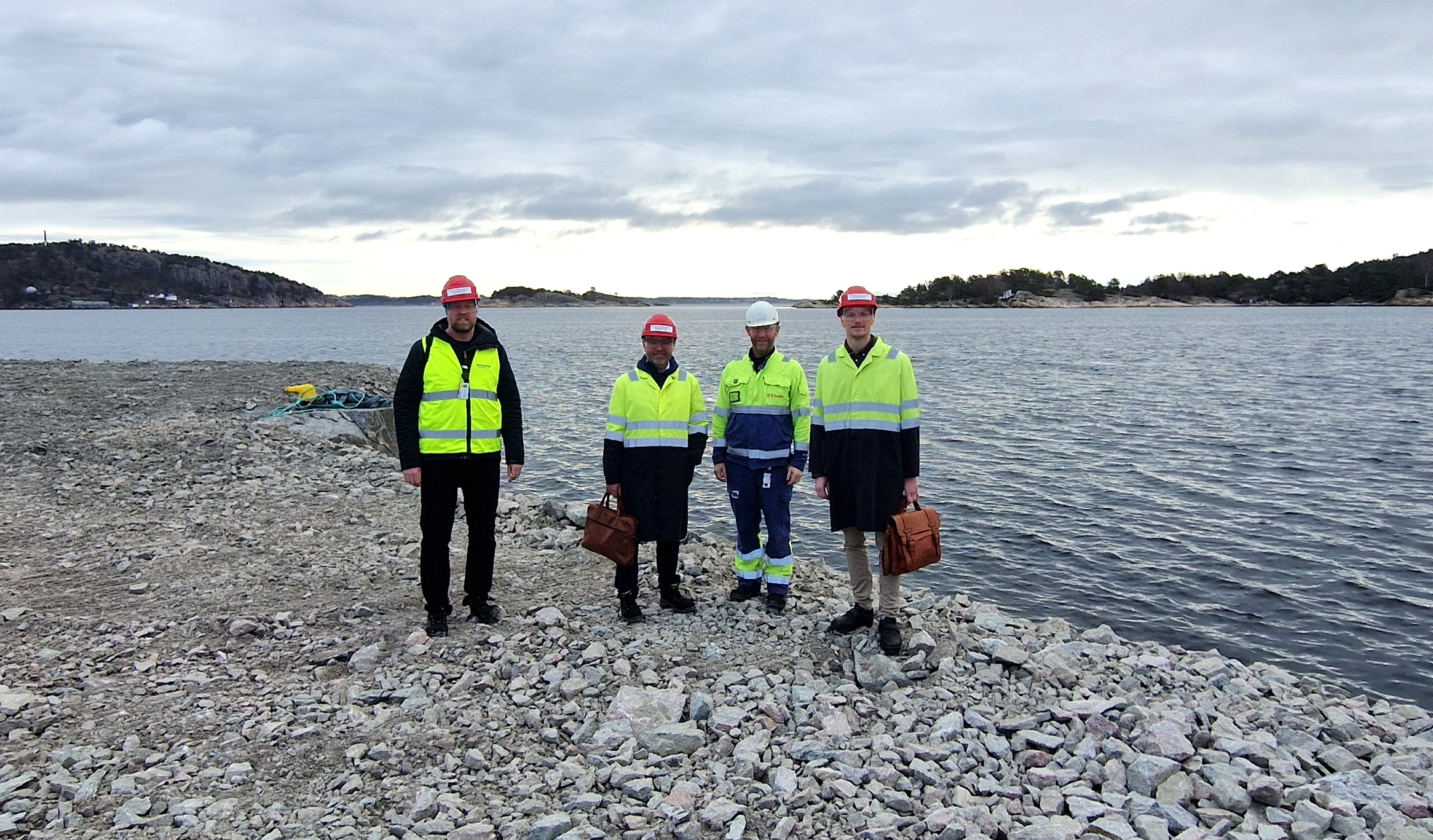Everyone is talking about ESG – Environmental, Social and Governance. Ingunn Ettestøl explains what it is and why it matters from a corporate perspective.
“ESG refers to our commitment to operate in a manner that contributes to the betterment of the environment and social issues. It is profitable in many ways,” says Ettestøl.
Last year, she was appointed the first ESG Director of Arendals Fossekompani, a green-tech investment company and owner of energy and technology related companies that enable the green transition.
“ESG has become highly topical during the last year, both at Arendals Fossekompani and in the marketplace. All elements of ESG have become increasingly important for companies that strive to be transparent and attractive business partners,” says Ettestøl.
DEFINE YOUR GOALS
The UN Sustainable Development Goals serve as the leading framework for ESG. Ettestøl explains that establishing an ESG project starts by selecting the right goals for your company.
“After selecting the UN Sustainable Development Goals that suits your business, you have to define and commit to your ambitions, define key performance indicators and find a system for ESG reporting.”
An important part of an ESG strategy is to conduct a materiality assessment to identify and prioritize what might impact the company and its stakeholders the most.
“We had a consultant guide us through the assessment, but there is enough information out there to do it in-house. If you are a member of the UN Global Compact network, they will help you get started,” says Ettestøl and points at another important part of the groundwork for ESG:
“You need to conduct a climate risk assessment. It will help you learn how you affect the environment and the society, and what transitional and physical risks climate change poses to your own investments. For the oil and gas industry, it is especially important to get an overview of the existing and predicted government policy for energy production and climate action. You need to be prepared for the different future scenarios, or you might not fully have taken into account the risk of owning “stranded assets”, with low potential value in the future,” says Ettestøl.
ONE SIZE DOES NOT FIT ALL
There is no one-size-fits-all on how to succeed in adopting ESG. Differences in size, ownership structure, sectors and markets, calls for each company to customize their approach.
“Some companies have owners with set ESG standards. Others stand free to define their own standards, or you will have to meet your customers requirements. As of now, the Norwegian Accounting Act has some requirements, but the law has not been updated since 2013. You need to decide how far ahead of future requirements you want to be, and understand your customers needs before you end up being downgraded due to a low focus on ESG,” explains Ettestøl.
She offers one piece of advice for those without specific internal or external requirements: “The Oslo Stock Exchange has guidelines on ESG reporting. This is a good starting point.”
THE IMPORTANCE OF THE “G”
The “G” in ESG refers to the governance factors, and covers a broad range of corporate activities, including management structures, policies, standards and compliance.
“Environmental and social issues are important, but solid corporate governance is a precondition for success. The company’s ethical guidelines, HSSE policy and whistleblower system are some examples. It is important that all employees and suppliers are onboard,” says Ettestøl.
Finally, or rather initially, the commitment to ESG has to come from the top management, and also from the Board of Directors.
“If not, it is almost impossible to succeed,” says Ettestøl.
ESG stands for environmental, social and governance, and measures sustainable investments and ethical behavior in a company.
UN Sustainable Development Goals: The leading framework for ESG. Each company needs to define which goals are the most relevant for them.
Materiality assessment: Identify and prioritize the potential environmental, social and governance issues that could affect the company and its stakeholders the most.
Climate risk assessment: Know how your business affects the environment and the society, and what financial risks it poses to your own investments.
ESG reporting: As of today, there is a lack of standardization, but an upcoming EU Taxonomy Regulation will offer a single classification system for the EU. Other important standards for reporting are GRI, SASB and TCFD.



